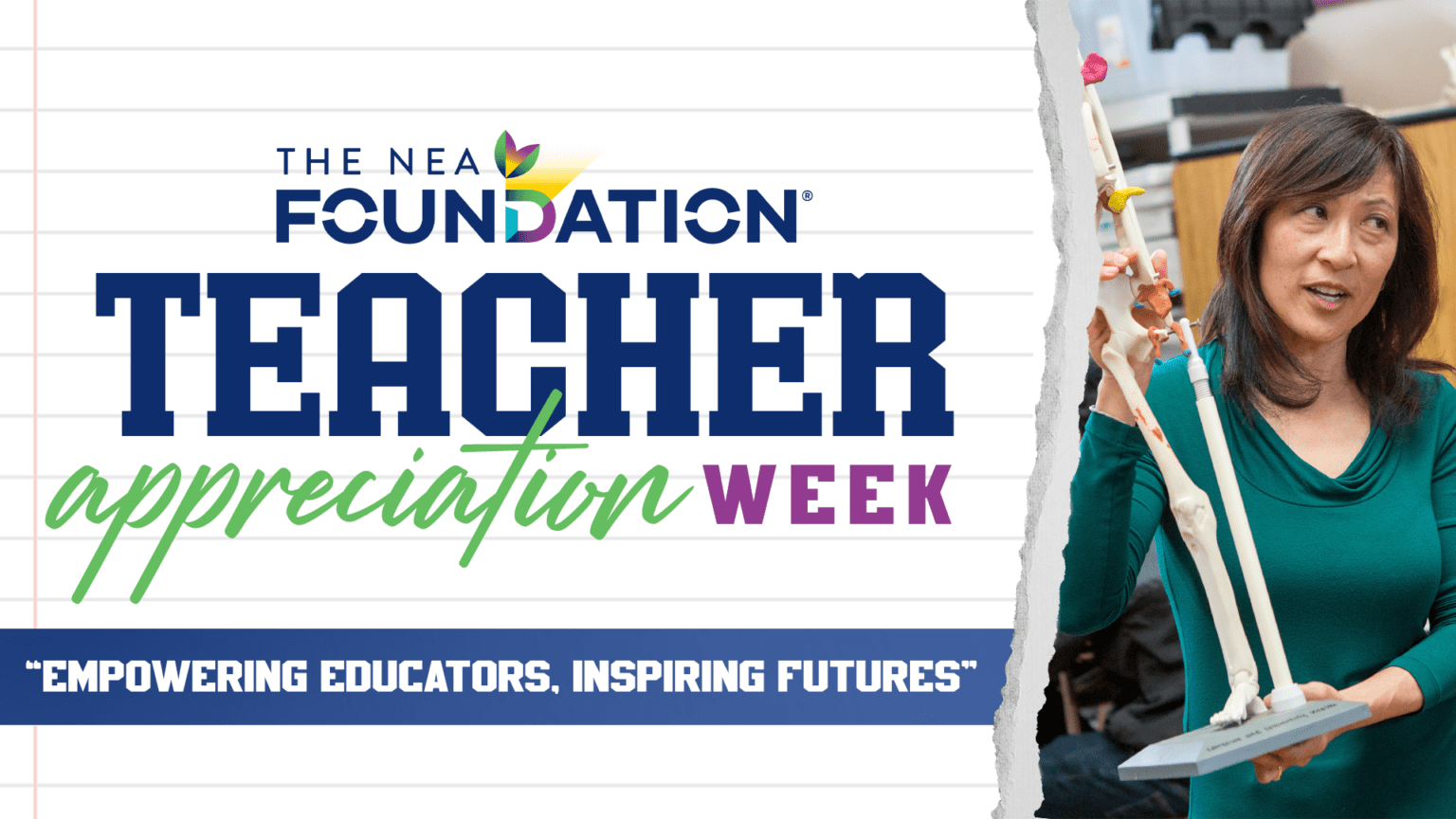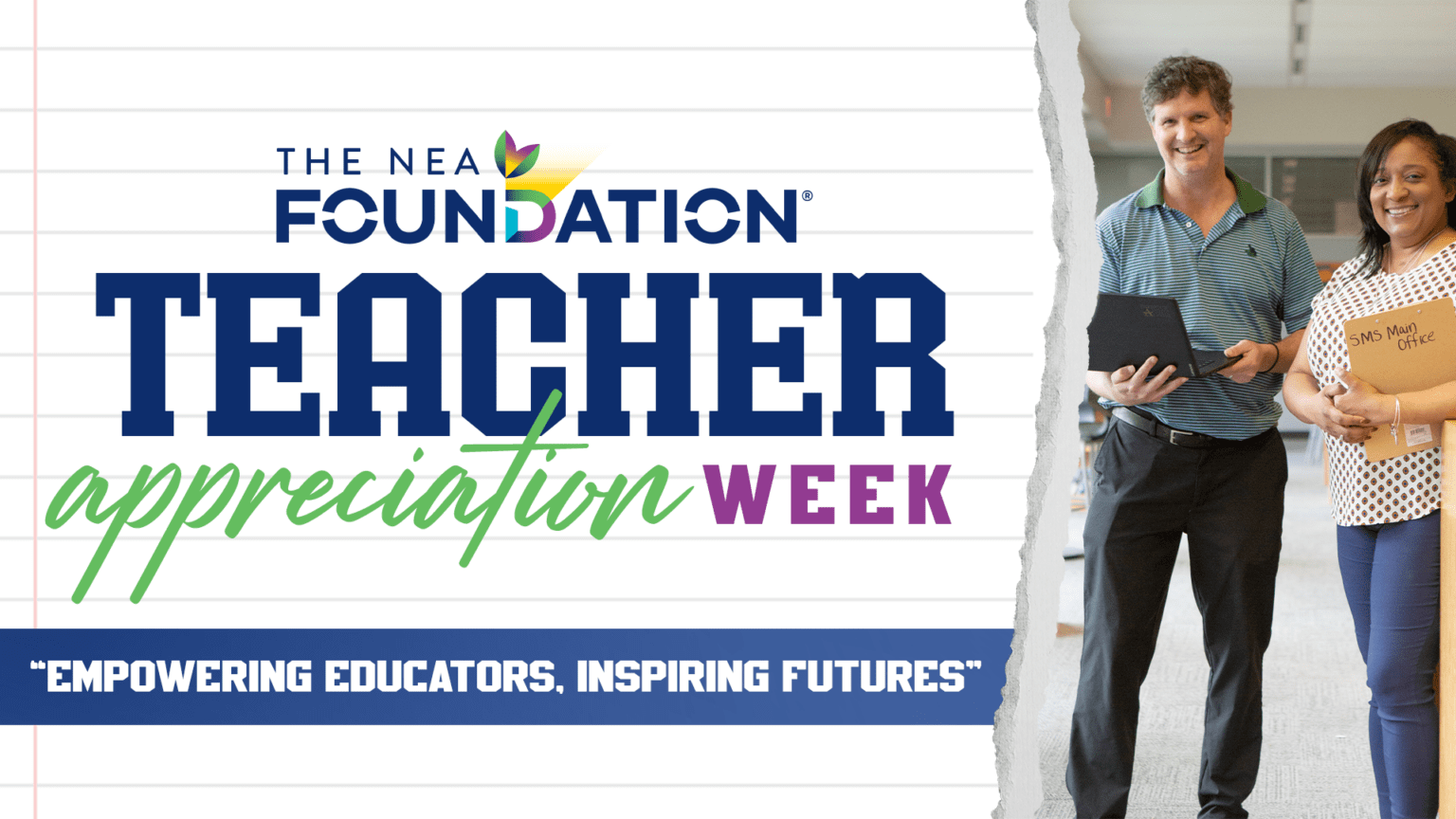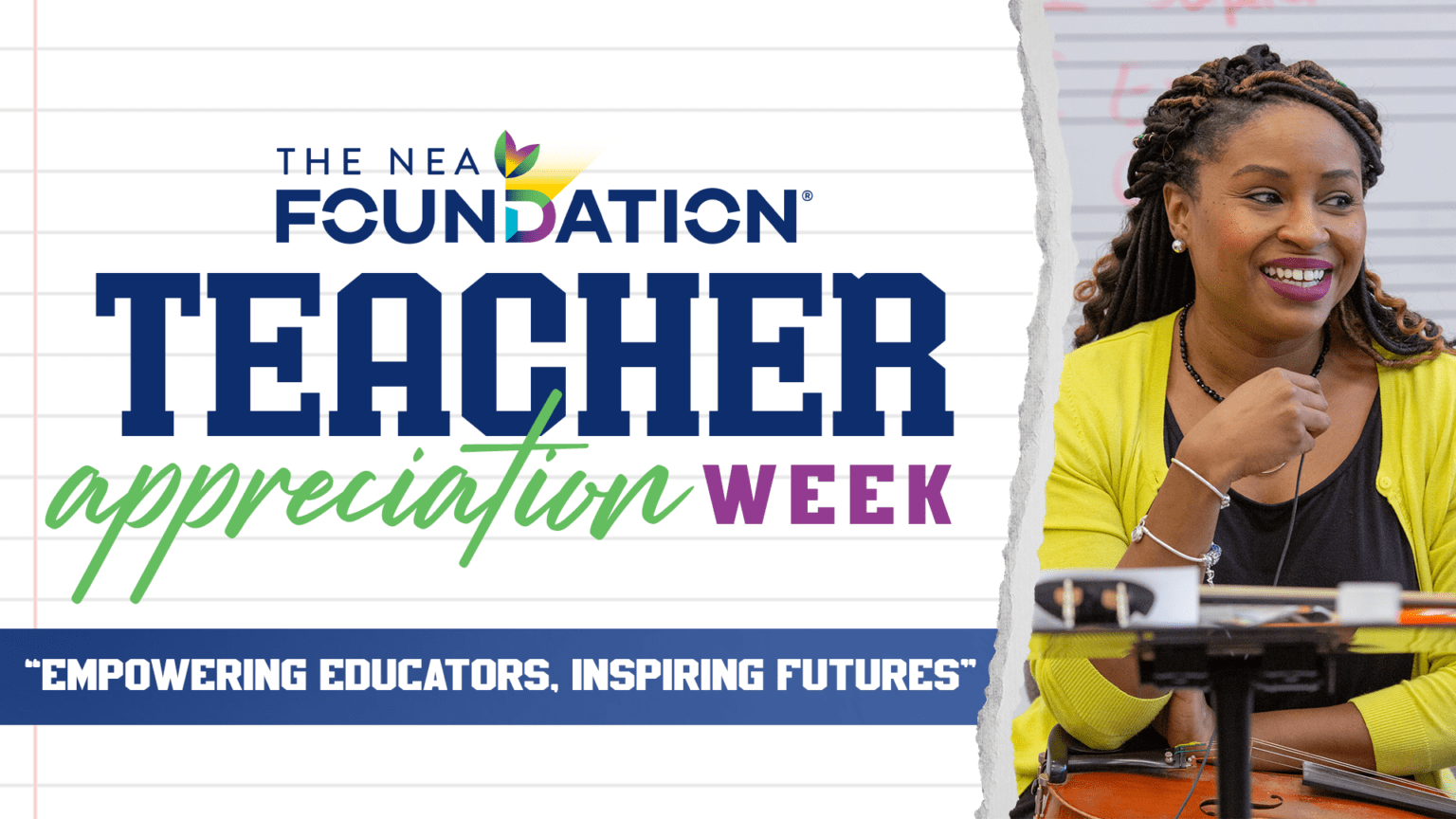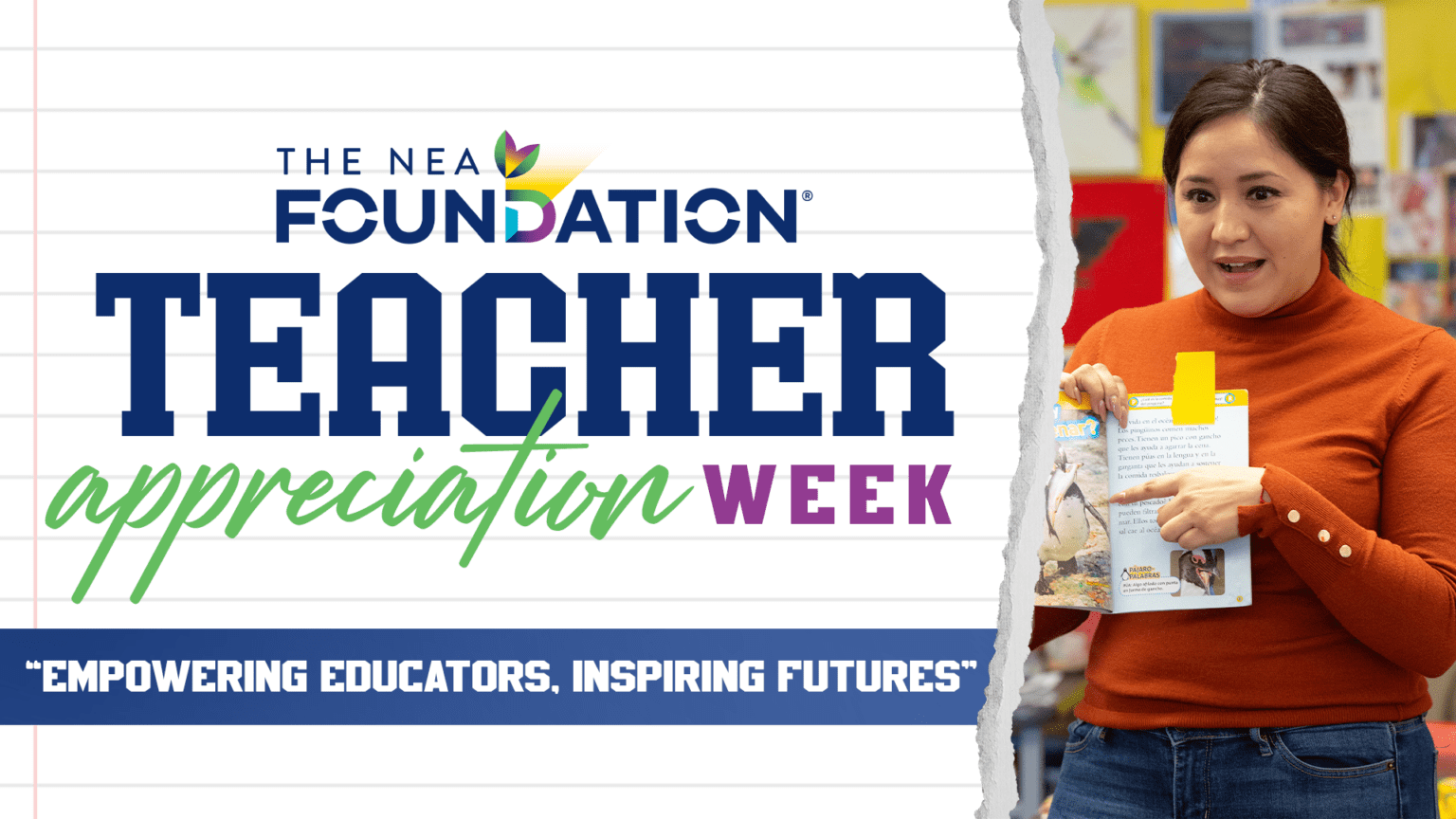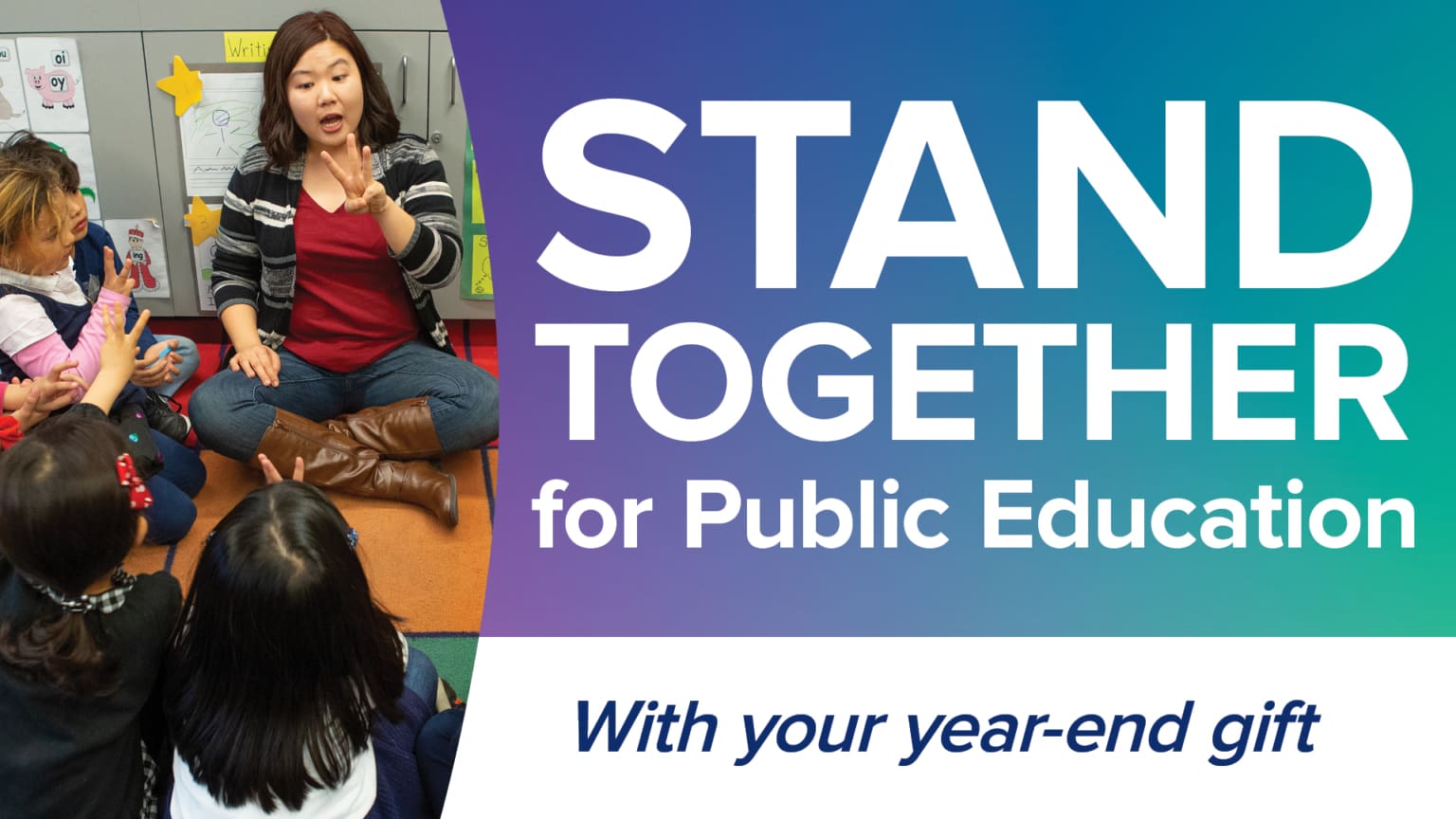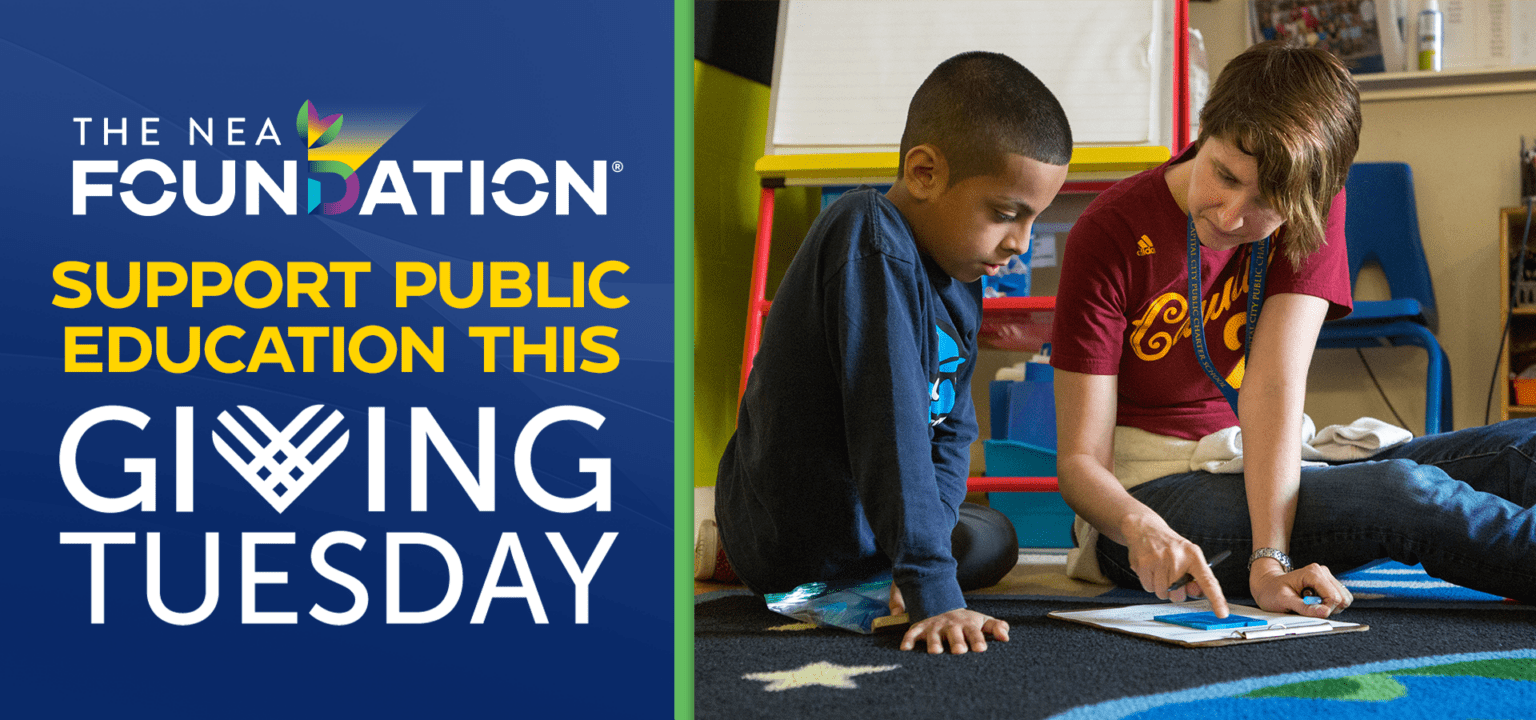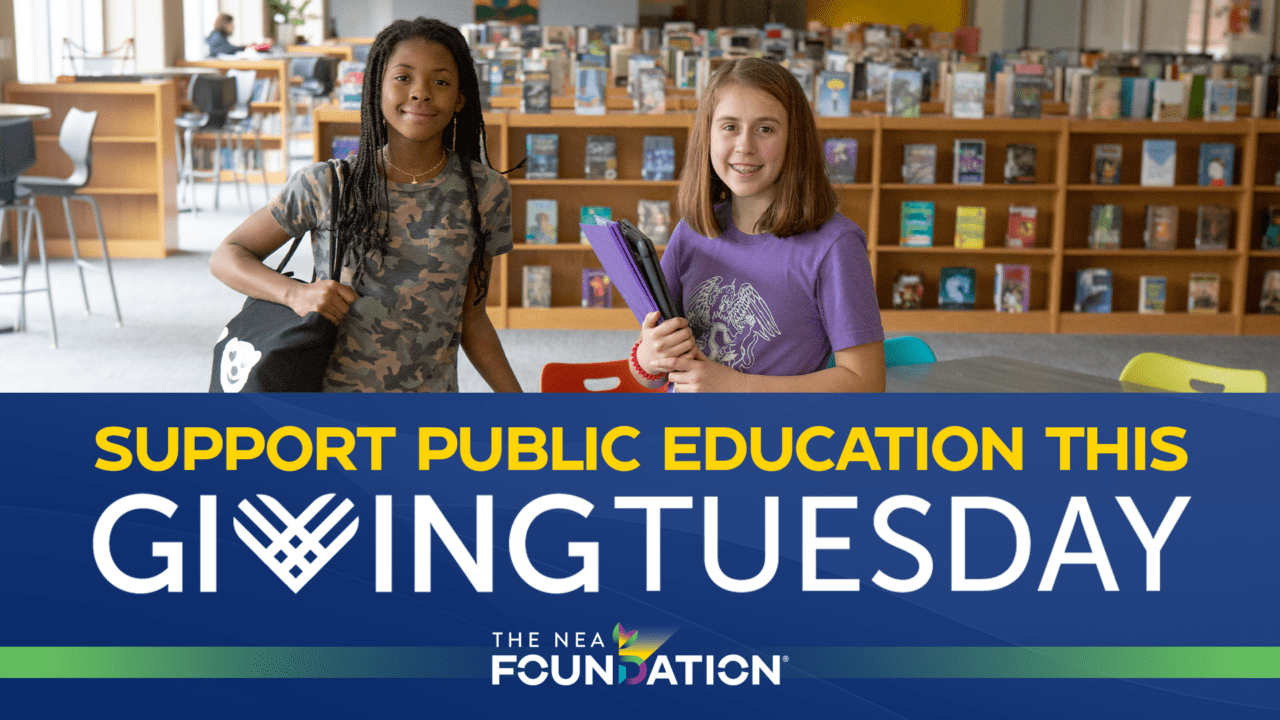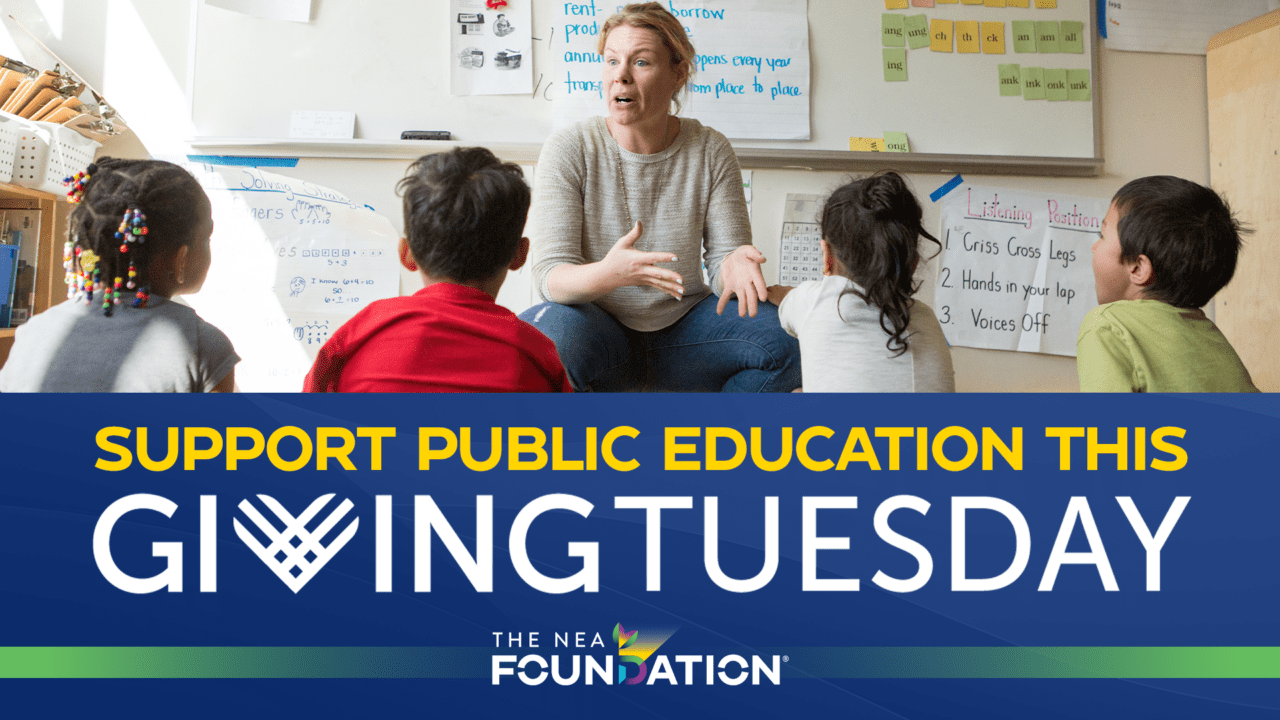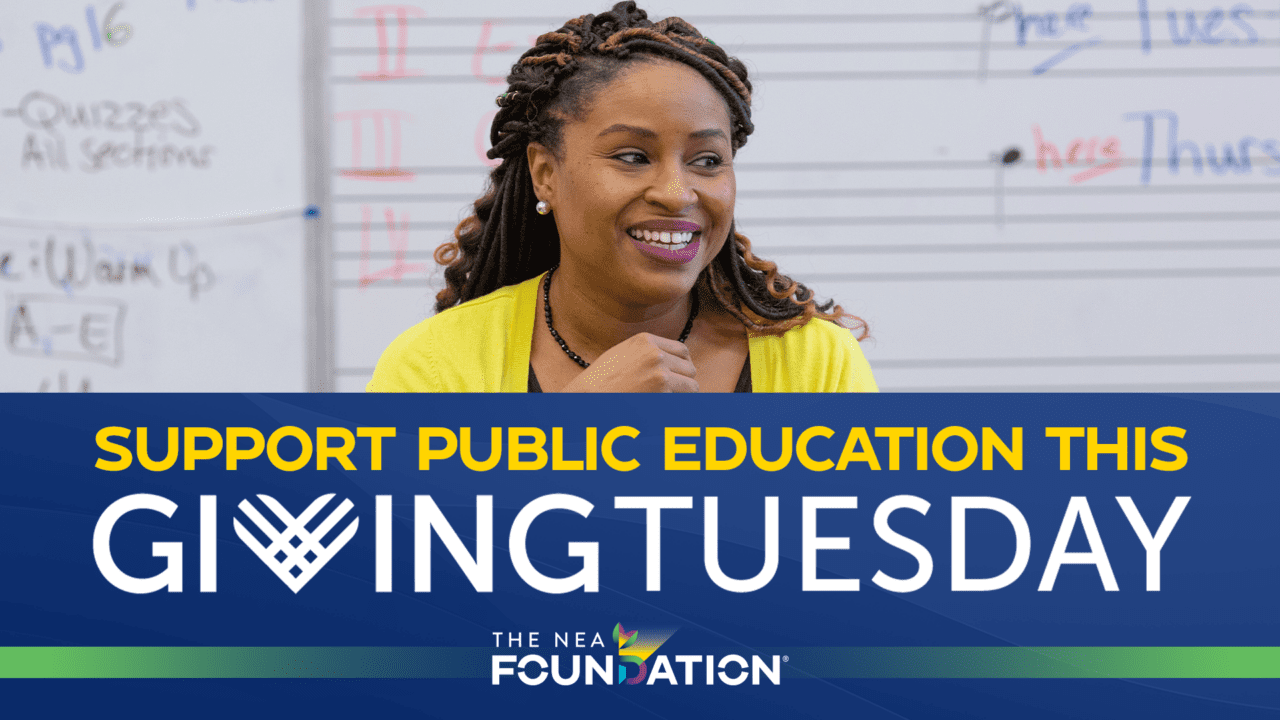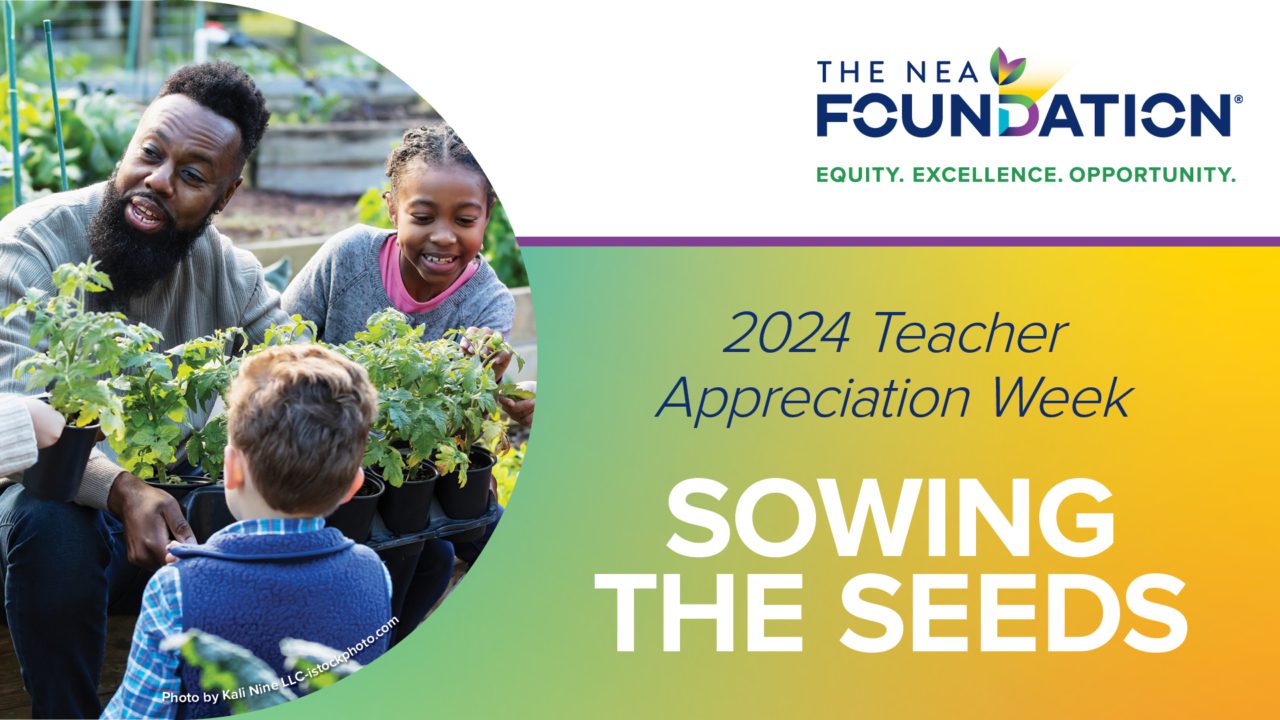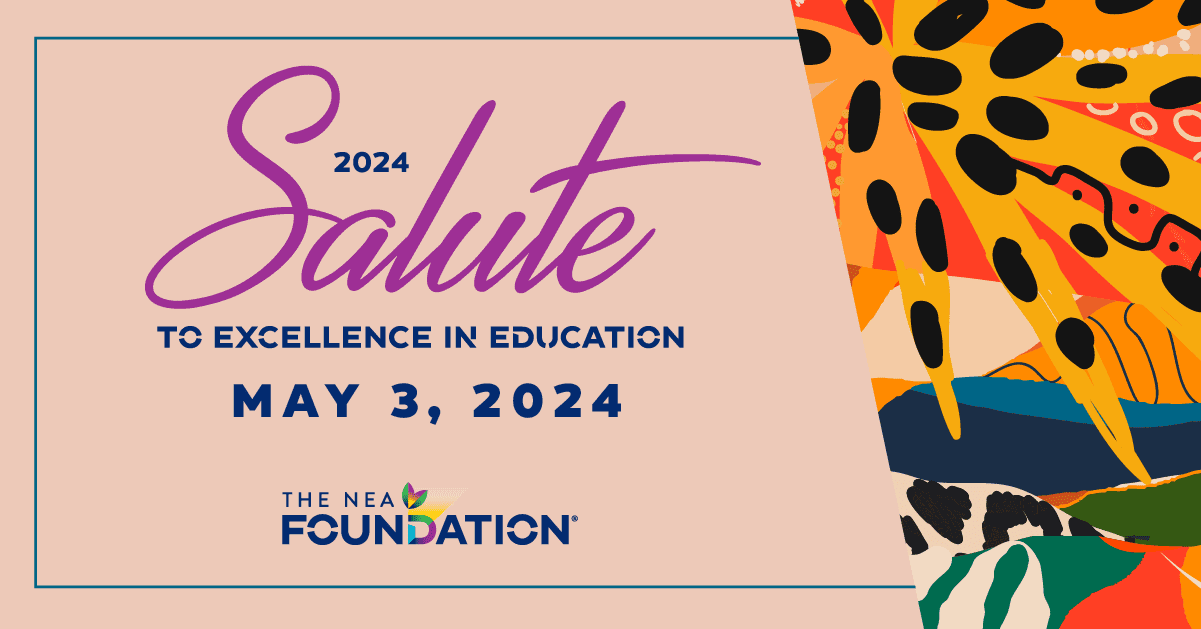What does it mean to educate students for life and work in the global innovation age? The NEA Foundation’s Global Learning Fellows shared their takeaways in our “Reflections” series, as well as their downloadable lesson plans inspired by the year-long professional development experience.
Look for more lesson plans this fall from our newest class of Fellows, 30-plus award-winning educators who will travel to Peru in June 2015.
1. Lessons can be learned in the most unlikely places, and as teachers we can always be reminded of that!

“My most memorable encounter was in a long corridor at the Summer Palace…A 7th grade girl approached…[and] asked me to help her and her friends as they completed an assignment for their summer day school. I repeated their phrases in Mandarin while they nodded with my moderate success…They were teachers and I was their student!”
Download Jonathan Gillentine’s lesson plan, “Stories of Jia Ting and Yi (loyalty to family and doing what is right).”
2. To shape future leaders, a global perspective is key – for both educators and their students.

“It is impossible to take all of one’s students all over the world to gain these rich experiences, but it is crucial that we, at the very least, begin cultivating the foundations of global perspectives for our students.”
Download Loryn Windwehen’s lesson plan, “Nutrition: Too Much or Too Little?”
3. We need to teach globally for the betterment of the human condition

“How can one build the next Christ the Redeemer statue if one’s never seen it? Exposure enlarges the mind and gives birth to creative solutions for the betterment of the human condition.”
Download Joshua Parker’s lesson plan, “Defining Culture.”
4. The ability to take action on issues of global significance, like environmental sustainability, is tantamount.

“As a seventh and eighth grade science teacher, I spend a lot of time teaching about the energy crisis… Because of experiences I’ve had in Africa, Central and South America, Europe and Antarctica, I am able to bring into my classroom the energy picture from these locations… My students were blown away to know that small-scale farmers in Costa Rica are harnessing energy from the effluent of their cattle to cook dinners and heat their homes.”
Download Scott McKim’s lesson plan, “Energy and electricity production.”
5. The world is now. Students must be able to collaborate and compete with peers on a global scale.

“When I was in Brazil, I witnessed first-hand how Brazilian educators prepare their students for competing in the global job market… One teacher stated, “If I teach them English, they can go anywhere.” After returning home, I was left with this question: Are we preparing our students to compete in an ever-changing global society?”
Download Melissa Collins’ lesson plan, “Sounds All Around.”
Curious about how you can bring global competency to the classroom? Explore the NEA Foundation’s free, online course, “Global Learning: Tools and Approaches,” and share it with your colleagues.

